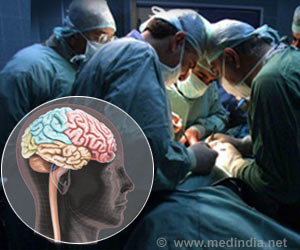The study titled “Mutations in MINAR2 encoding membrane integral NOTCH2-associated receptor 2 cause deafness in humans and mice” was published online on June 21 in the journal PNAS.
Dr. Tekin has been studying the genetic underpinnings behind hearing loss for more than 20 years and has amassed a biorepository with a genomic sequencing database of deafness-associated gene mutations in families all over the world.
Advertisement
“We first look at known genes mutations,” said Dr. Tekin. “If we don’t find any, we conduct whole-genome sequencing to potentially identify new genes or something we may have missed in the initial test.”
Genetic Hearing Loss
In this study, the team sequenced a Turkish family’s genome, targeting known deafness genes, but found nothing. Following up with whole genome sequencing, they found DNA variants in MINAR2, which had only recently been described in the research literature. Scientists are still filling in the blanks on the gene’s function.
Having identified the variations in MINAR2 in one family, Dr. Tekin’s team searched their database and found a second family with a different mutation in the same gene. Further investigation confirmed their findings in animal studies and identified three different MINAR2 mutations, which caused deafness in 13 people from four families.
“We found this gene serves an important function,” said Dr. Tekin. “The protein localizes in hair cells and other areas that are critical to hearing. Future research will focus on clarifying the gene’s role.”
Hair cells convert sound into electrical signals, which are then sent to the brain. Normally, when children are born deaf, they have few if any living hair cells. As a result, gene therapies and other regenerative efforts would likely fail. However, in the mouse knockout model of MINAR2, hair cells remain alive until a later age. This gradual loss of hearing could allow for treatment.
“What is surprising and promising for potential intervention is that, when we looked at the hair cells in our mouse model, they are alive until a certain age,” said Tekin. “That gives us a window of opportunity to provide treatment. We could insert the normal gene and potentially restore hearing.”
Source: Newswise



